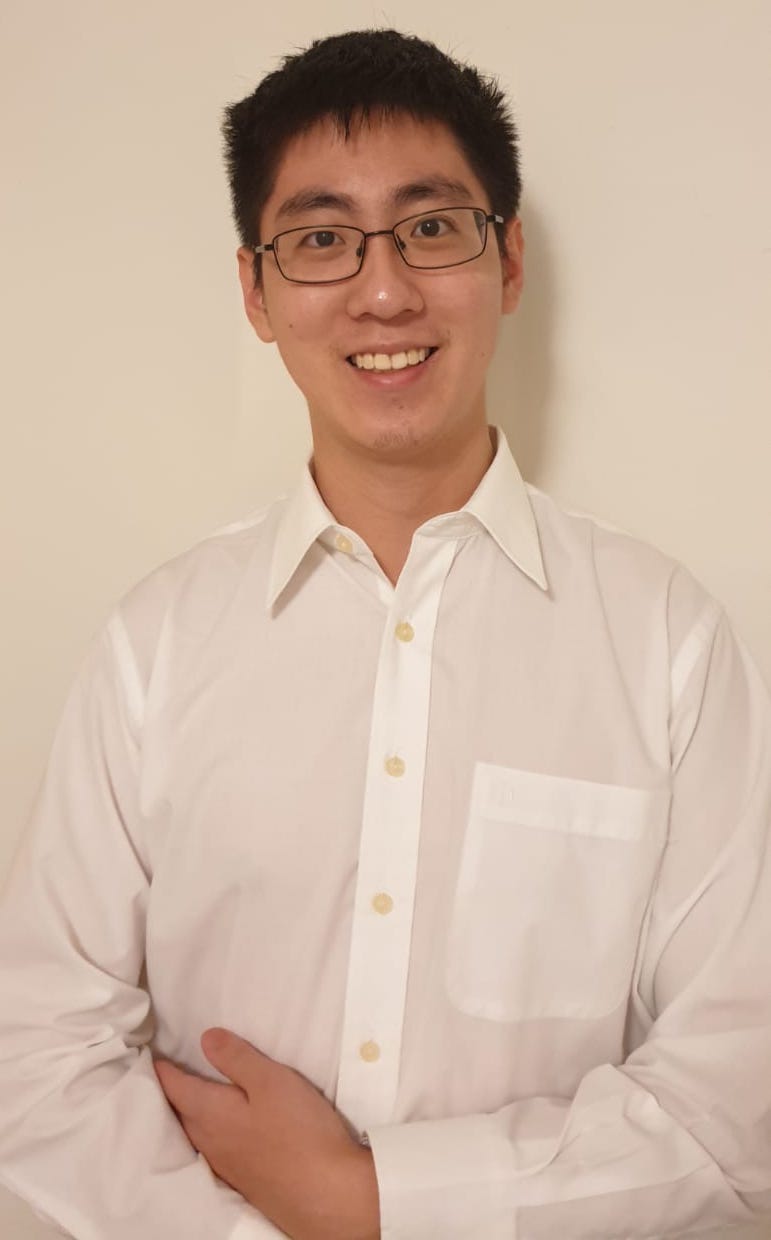Students' Take HeART for medicine
  | By Wang Jia Dong James, Class of 2021 |
As one of the organisers of the LKCMedicine Art and Science of Medicine Festival (ASMF), it was heartening for me to see the event come to fruition on 18 March after more than half a year of meetings. It was certainly eye opening for me throughout the experience as there were a significant number of pieces coming from all around the associated institutions such as the HeART Art coursework in Year 1, poems in Year 2 (among the students in LKCMedicine), poems and paintings from our clinical partners Tan Tock Seng Hospital and Centre for Healthcare Innovation, and microscopy images kindly contributed by our researchers. This demonstrated to me the active art scene within LKCMedicine and the wider National Healthcare Group community. It was certainly a dilemma of choices while negotiating with the events vendor on how to place this myriad of art pieces within the festival.
One of the most important lessons gleaned for me is seeing the integration of the art and science of medicine. When viewed at face value, the arts and sciences are seemingly different entities as they require vastly different skillsets and are distinct disciplines. However, during this festival, it was well demonstrated that there is a critical intersection – especially in the practice of medicine. It was remarked to me during the festival by a member of the public (after viewing an emergency medicine physician’s depiction of paramedics) that she felt the difficulties of an emergency medicine physician: the adrenaline rush, the spilt second decision and the sometimes gruesome injuries one has to bear with. These terms, which are sometimes hard to communicate, especially considering the information symmetry between doctors and patients, can be fully relayed through art, demonstrating the importance of the arts in relaying messages in science.
Another important lesson gleaned for me is how art can be used to express compassion and empathy. During the festival, while viewing the HeART pieces, a patient of TTSH on regular follow-up remarked that these art pieces touched her greatly through the expressions of empathy. This shows that art is not only a medium of communication but also an important tool of expression and humanity, which are essential for clinicians of the future as we seek to treat patients and not pathologies.
To my schoolmates, it was my honour to have been given the consent to look through your amazing art pieces. We would have certainly loved to include all of them as they represent the uniqueness of each individual. I would like to encourage all of you to continue expressing yourselves or connecting to patients in different art mediums (drawing, music, poetry etc.) as we continue our journey to becoming clinicians and not lose our human touch.

